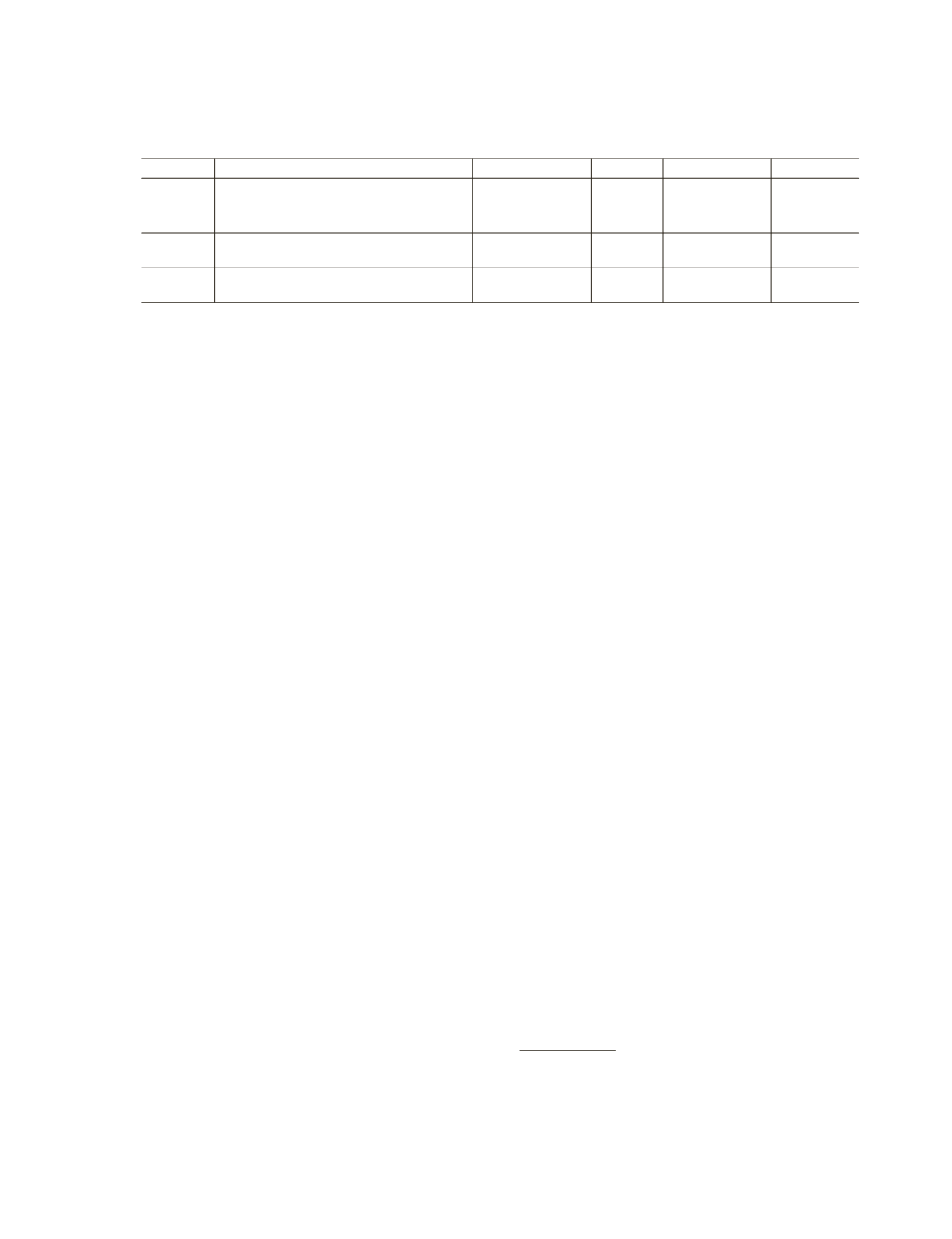

INEQUALITY IN EUROPE: UNEQUAL TRENDS
87
Policy against inequality
In view of these findings, any policy for more
equality in Europe faces various challenges: while
Central and Eastern Europe should continue to
grow “just like that”, growth needs to be stimu-
lated anew in Southern Europe. The most signifi-
cant dangers threaten the states from inside
through the deterioration of the regional, per-
sonal and functional income distribution.
Before diminishing inequality between the
states, the poorest EU Member States need, first
and foremost, to show a high and stable
growth. Since Ireland’s accession in the 70s, the
EU has been creating a regional and structural
policy to this aim, which adds up to approxi-
mately 40 % of the EU budget which, however,
measures less than 1 % of the EU GDP. The ef-
fects of this policy are controversial. Usually,
poor regions have scarcely caught up inside
their countries. Within the EU as a whole, re-
gions in poor countries have taken advantage of
their catch-up growth though. The Italian
Mezzogiorno
or Eastern Germany are a testi-
mony to the limited effectiveness of massive
European and national programmes. The Irish
model (cf. above) can’t be used as an example
for the whole European periphery, since the di-
mensions needed to this extent, that is, foreign
direct investments per inhabitant and profits
transferred to avoid taxes, are completely unre-
alistic.
Instability in the supply of capital has proven
to be the most significant risk for the catch-up
process, as seen in the financial crisis as well as
globally before in the Asian crisis. On the do-
mestic side, it’s possible to take preventive
measures in the framework of a clever financial
market policy that imposes limits to speculative
investments and indebtedness in foreign curren-
cies. High current account deficits should give
way to restricting the credit expansion, examin-
ing the wage development and to taking meas-
ures to increase the structural competitiveness
through better training and innovation.
Inversely, surplus countries should reinforce
their domestic demand. The EU should entrust
the periphery’s supply of capital less to the mar-
kets and politically manage flows, i.e. through
investment programmes. Europe needs a vision-
ary industrial policy (Aiginger 2015).
8
The EU
should develop towards a transfer union with a
greater emphasis on the EU budget and with an
European insurance against unemployment.
Southern Europe must change its economic
policy priorities: more employment, innovation
and a modernisation of the productive structure
instead of budget consolidation (Dauderstädt
2016). The Euro area must steer its savings to-
wards its own welfare increasing projects and,
8
Aiginger Karl: Industriepolitik als Motor einer Qual-
itätsstrategie mit gesellschaftlicher Perspektive. In:
WSI-
Mitteilungen
7/2015, 507-15.
Table 10.
The different dimensions of the Europe-wide inequality (quintile share ratio)
Level
Indicator (S80/S20)
Earliest
Year
Last
Year
1.
Neglecting inequality within countries
2.6 (PPP)
5.4 (
€
)
2005
2.0 (PPP)
3.7 (
€
)
2014
2.
Neglecting inequality within regions
4 (PPP)
2000
2.8 (PPP)
2011
3.
Neglecting inequality between
countries (Eurostat value)
5 (PPP)
2005
5.2 (PPP)
2014
4.
Considering both inequalities
7 (PPP)
11 (
€
)
2007
6.2 (PPP)
9.6 (
€
)
2013



















